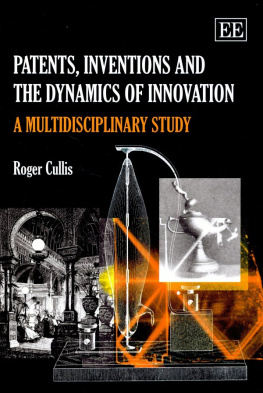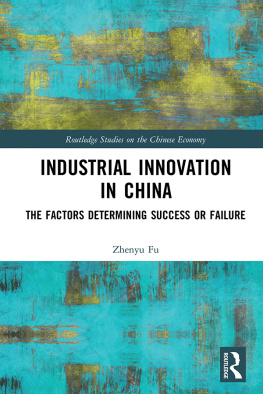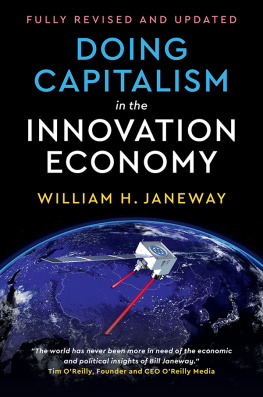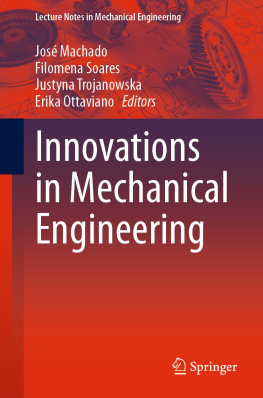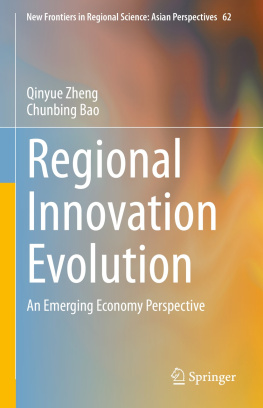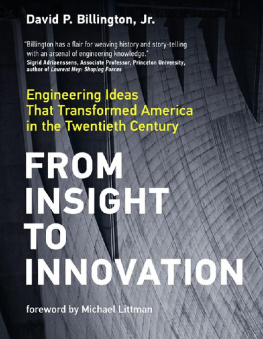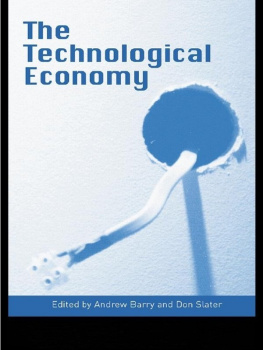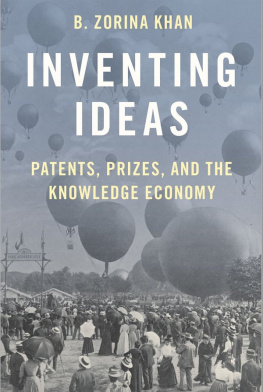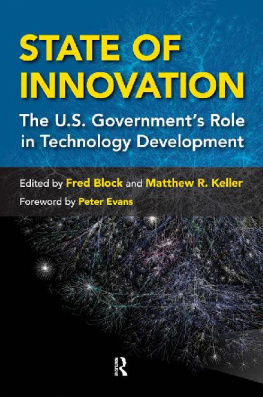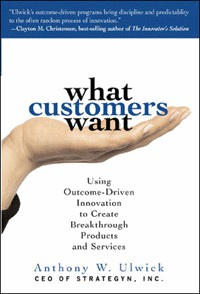Patents, Inventions and the Dynamics of Innovation


Preface
We are apt to consider that invention is the result of spontaneous action of some heavenborn genius, whose advent we must patiently wait for, but cannot artificially produce. It is unquestionable, however, that education, legal enactments, and general social conditions have a stupendous influence on the development of the originative faculty present in a nation and determine whether it shall be a fountain of new ideas or become simply a purchaser from others of ready-made inventions.
Sir Ambrose Fleming
An inventor is an opportunist, one who takes occasion by the hand; who, having seen where some want exists, successfully applies the right means to attain the desired end. The means may be largely, or even wholly, something already known, or there may be a certain originality or discovery in the means employed. But in every case the inventor uses the work of others. If I may use a metaphor, I should liken him to the man who essays the conquest of some virgin alp. At the outset he uses the beaten track, and, as he progresses in the ascent, he uses the steps made by those who have preceded him, whenever they lead in the right direction; and it is only after the last footprints have died out that he takes ice-axe in hand and cuts the remaining steps, few or many, that lift him to the crowning height which is his goal.
Sir Joseph Swan
The man of true genius never lives before his time, he never undertakes impossibilities, and always embarks on his enterprise at the suitable place and period. Though he may catch a glimpse of the coming light as it gildes the mountain top long before it reaches the eyes of his contemporaries, and he may hazard a prediction as to the future, he acts with the present.
Joseph Henry
Well, about ninety-nine per cent of it is a knowledge of the things that will not work. The other one per cent may be genius, but the only way that I know to accomplish anything is everlastingly to keep working with patient observation.
Thomas Edison
... At every stage promoters are thwarted by Parliament, by municipalities, by chaotic survivals from legislation passed before electric power was heard of, and by an equally chaotic overlapping of different jurisdictions. Add to all this the competition in our open market of firms enjoying a protected market at home, and ably assisted by Governments which call them into council instead of treating them as public foes, firms that have profited by our folly and obtained the commanding position of which ours have been robbed. Then the wonder will be, not that the British electrical industry is more backward than it ought to be, but that it is so forward as it is. When there is trouble of this kind all parties are vexed and irritated. Instead of looking to the common cause of their ills, they are often found hitting at one another merely because it is through one another that the ill effects reach them. The worried manufacturers blame the capitalists for not finding money, the men of science declaim against the manufacturers for not doing pioneer work, when they can hardly maintain the road to their own shops, and the educationists scold everybody for not building more technical schools. On the other hand, capitalists are blamed for overcapitalising because dividends are small, and the men of science are told that they do not know anything except theory, and are of no real use in the workshops. The truth is that all are placed in very unfavourable conditions.
Leading article in The Times, 20 October 1906
A roulette wheel is a deterministic system in which the ultimate resting place of a ball depends precisely on the physical parameters of its initial trajectory and those of the motion of the wheel. However, the financial returns are influenced by many other factors, such as the personality of the gambler, the management policy of the casino and the regulatory regime under which it operates, together with the success of a liaison with Lady Luck.
Likewise, the economic rent of engineering innovation is governed, inter alia, by the laws of physics, chemical properties of materials, the timing of inventions and the stimulus and countervailing action provided by intellectual property monopolies, competition law and direct regulation, as well as the idiosyncratic contribution of the inventor's personality, all leavened by the unpredictable advent of serendipity.
This work, which is based on my personal experience of inventing during research and development with the early silicon chips and of over forty years as a patent attorney protecting other people's inventions, employs the methodology of Schmookler and Jewkes to investigate the path of innovation in the electrical, electronic and communications engineering industries. Relational databases, derived mainly from Patent Office records, were used to construct chronologies which formed the basis for case studies that cover a period of two hundred years. The subjects included the incandescent lamp, the telegraph, wireless and the thermionic valve, the transistor and the relatively recent inventions of microprocessor and memory chips, personal computers and software. Examples were selected from these case studies to highlight microeconomic and macroeconomic factors of different determinants.
The stimuli and constraints which controlled the dynamics of the earlier innovations were identified and used to construct a black box model of innovation. This was then applied to an empirical consideration of an emerging technology (the erbium-doped fibre-optic amplifier), which underpins the embryonic information-based economy, to test the hypotheses that the determinants are both hierarchical and time-dependent in their influence and that it is possible to predict the likely success of an invention.
I started out with a series of answers and finished up with a series of questions. Along the way, I gathered many rosebuds and a few aphorisms. I savoured the ingenuity of the nineteenth century engineers and twentieth century physicists and was teased by a problem which exercised the ancient Greeks and Norse as well as modern theoreticians. I learned that what is new is sometimes old and that rogues may become deified through the agency of the cleansing fires of the passage of time. As with Moliere's Monsieur Jourdain, it became apparent to me in many ways 'il y a plus de quarante ans queje dis de la prose sans que j ' en susse rien. '
I should like to express my thanks to Professor Gerald Dworkin who encouraged me to undertake this investigation, to Dr Noel Byrne and Professor Alison Firth, for their helpful comments and suggestions, to Elizabeth Woodruff, Eifion Jones, Elaine Watson and Steve Wall, librarians of BTG plc, for their skill in tracking down obscure documents and those long out of print, to the Institution of Electrical Engineers, whose archive of nineteenth century books and journals proved invaluable, to my colleague, John Gaskin, who lent me rare books from his personal collection, to British Rail and South West Trains, which provided me with a warm and comfortable travelling office, to Professor Michael Bailey, without whose surgical skills in removing a cancer I may not have had time to finish this work, to my daughter Gemma, who waded through the manuscript and, especially, to my wife Barly, whose extreme patience made it all possible and, particularly, for nursing me to recovery from brain injury suffered in a fall.
Next page
